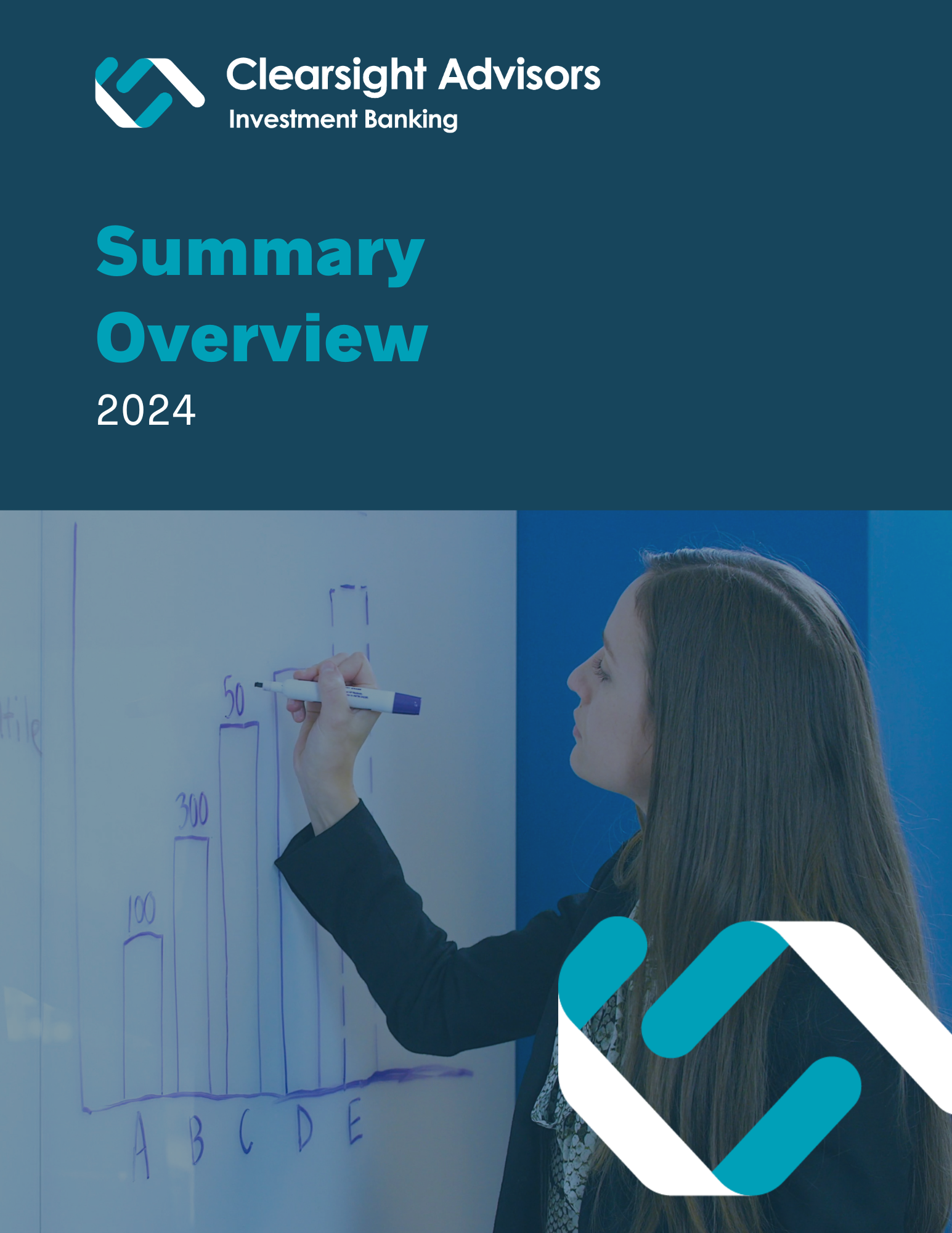3 Ways ASC 606 Will Impact Software Companies and Future M&A
There is a new accounting regulation, ASC 606, that will accelerate software companies’ ability to recognize revenue and profitability. In an effort to establish principles that mesh with both Generally Accepted Accounting Principles (GAAP) and International Financial Reporting Standards (IFRS), the Financial Accounting Standards Board (FASB) introduced this new revenue recognition standard to report “useful information to users of financial statements about the nature, timing, and uncertainty of revenue from contracts with customers.”
The most significant change of this new regulation is it smooths revenue recognition over the contract term by removing the requirement to recognize revenue based on a company’s ability to bill the customer according to the contract terms. Instead, this new regulation allows software companies to recognize revenue ratably over the contract, as long as the customer is creditworthy, regardless of when billing occurs. Secondarily, the new standard requires certain customer acquisition costs to be capitalized over the life of the contract as opposed to historical treatment of expensing those costs as incurred. The result: revenue will temporarily increase and costs will decrease, creating the greatest impact to profitability or EBITDA. Specifically for growing software companies, we would expect revenue and EBITDA (to the extent it exists) multiples to decrease, assuming the accounting rules don’t impact valuations (they certainly shouldn’t).
It is inevitable that this will create dislocation in the M&A market, particularly when it comes to private companies as they likely won’t change their accounting methodologies as quickly as the public companies in part due to resources required and in part due to lack of regulatory requirements forcing their hand. Over the next 24 months it will be important for private company sellers to understand this nuance in order to command appropriate value for their firm.
There are three main ways M&A is expected to be affected:
- Historical results and comparability
- Working capital
- Target-setting and post-closing measurement (e.g. earnouts)
(i) Adoption of the new standard leaves restating all prior periods to conform completely optional, therefore a buyer must normalize the target’s financial statements in order to accurately compare different periods and understand true revenue and EBITDA trajectory. (ii) Current assets (specifically accounts receivable), and current liabilities (specifically deferred revenue) will be affected and therefore will most likely complicate net working capital negotiations in the near future. (iii) The importance of normalization to a P&L analysis is increasingly important because revenue and earnings performance are direct drivers for purchase price, leaving a great amount of uncertainty in valuation expectations. As the total revenue from a contract is not expected to be changed, the timing of such recognition has the possibility of playing a meaningful role in affecting revenue and earnings targets, both of which are typical anchors in the determination of any earnout.
(Accountants may want to continue reading)
Prior to the issuance of Accounting Standards Codification (ASC) 606 by the FASB and International Accounting Standards Board (IASB) on May 28, 2014, the reigning revenue recognition standard for contracts, governed by ASC Topic 605 / SAB 104, required “persuasive evidence of an arrangement to exist in order to recognize revenue.” Under this standard, companies could only recognize as revenue amounts actually billed to a customer, with regard to contracts for delivery of service over time.
With the introduction of ASC 606, the emphasis has been shifted to the legal enforceability of contracts. The new standard applies to revenue earned from contracts with customers and as long as a company believes that a customer is creditworthy, the company is allowed to recognize contract revenue ratably over the entire contract term. The core principal of ASC 606 is an entity should recognize revenue to depict the transfer of promised goods or services to customers in an amount that reflects the consideration the entity expects to be entitled to in exchange for these goods / services. It is important to note, the new standard will directly affect operating profit margins while having no impact on the company’s cash flow, or future prospects, as it not only grants greater latitude in recognizing revenue earlier; it also requires certain customer-acquisition costs to be capitalized and amortized over the life of the contracts, instead of the previous accounting treatment of expensing those same costs.
The requirement for adoption of this long-awaited, new revenue recognition standard will be the first reporting period after December 15, 2017 for public companies and the first reporting period after December 15, 2018 for nonpublic entities. Five S&P 500 companies (Alphabet, General Dynamics, Raytheon, UnitedHealth Group, and Workday) took the early adopter route and filed their fiscal year-2016 / 2017 10-Ks prematurely embracing the new standard and exemplifying the expected profitability changes as a result. Clearsight expects additional complexities in earnings releases, and subsequently in the M&A market, as the wrinkles of this new standard are ironed out with time.
Share
